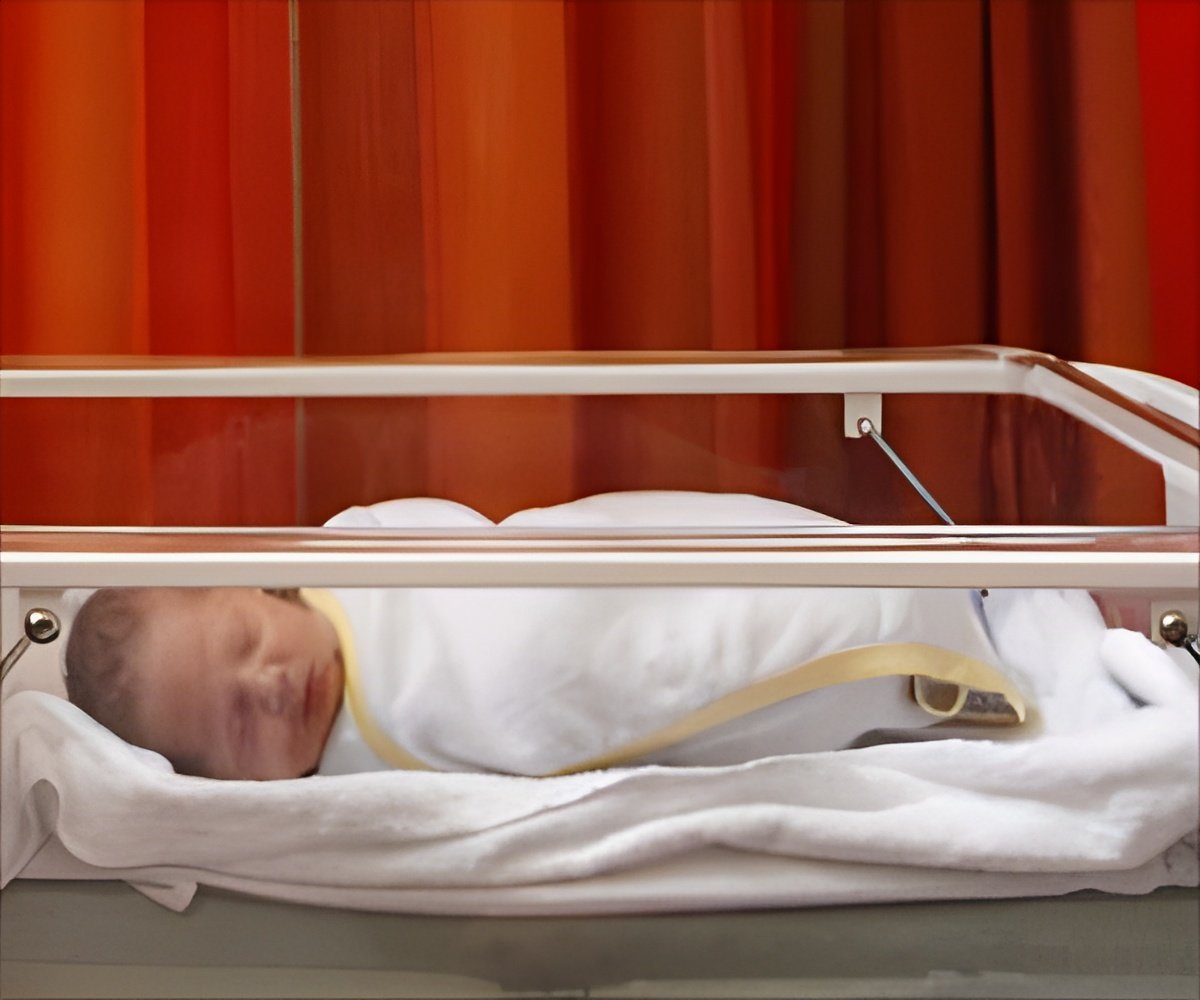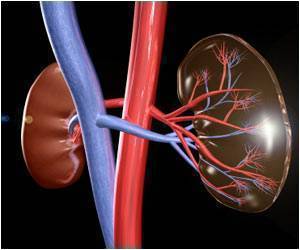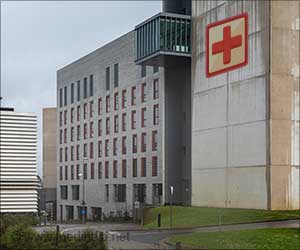
‘The numbers of children admitted to intensive care rose for all age groups by nearly 15 percent in England and by just over 2 percent in Wales.’
Tweet it Now
To try and explore this further, the researchers analyzed anonymised admissions data from the Paediatric Intensive Care Audit Network (PICANet) for children up to the age of 15 between 2004 and 2013. PICANet records details of all children admitted to intensive care in England and Wales.They also analyzed national population data, including births, to compare predicted numbers of admissions with the actual figures, averaged over periods of three years.
Admission rates were grouped by age and ethnicity (South Asian and non-South Asian origin) as children from a South Asian background are at heightened risk of admission to intensive care.
The analysis showed that the numbers of children admitted to intensive care rose for all age groups throughout the study period by nearly 15 percent in England and by just over 2 percent in Wales.
Admission rates were higher among boys than girls (1.2:1), and among children of South Asian ethnicity (75% higher for infants; 107% higher for 1-5 year olds; 93% higher for 6-15 year olds per 1000 of the population).
Advertisement
And from 2009 onwards, more children were admitted to intensive care than would be expected from the birth rate, the numbers of children of comparable ages/ethnic background in the general population, and the numbers of those requiring help with breathing?an indicator of critical illness.
Advertisement
And while the numbers of children being admitted to intensive care has risen since the centralization of facilities in 2002, this still doesn't explain the additional surge after 2009.
Migration may be a factor, they suggest.
Admission rates were particularly high in five regions of England, with the South Central region top of the league table. Here, admissions rose by more than 43 percent, followed by London (nearly 31%), East of England (nearly 23%) West Midlands (22.5%), and the South East Coast (nearly 12%).
These five regions also had the highest numbers of mothers born outside the UK, particularly Eastern Europe.
And the period from 2009 onwards also coincided with the start of acute financial strain within the NHS, the researchers highlight.
"Over the period from 2004 to 2009, public healthcare spending in the UK increased by 8.3% per annum, however from 2009 onwards, it grew at just 1.9%," they write.
But whatever the reasons, the rise in the number of children with chronic complex conditions looks set to continue, putting further strain on an already overstretched health service, they suggest.
"Increasing numbers of critically ill children requiring PIC [pediatric intensive care] in England and Wales, will prove challenging both for [these] services and commissioners, as increased demand potentially outstrips resource," they conclude.
The complete research is published online in the Archives of Disease in Childhood.
Source-Eurekalert










